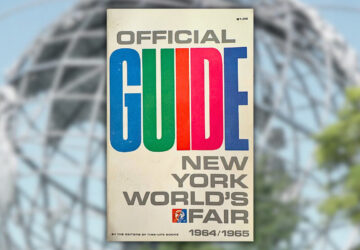9. The Central Park Blockhouse

The Blockhouse was one of many fortifications built in New York City during the War of 1812 to protect against British attack, thus predating the construction of the park. Assuming that the British would attack from the harbor, New Yorkers originally built forts along the waterfront at the southern part of Manhattan. When the British attacked from Long Island instead, New Yorkers realized that they weren’t prepared to defend northern or eastern Manhattan.
Hastily, as evident in the Blockhouse’s uneven stonework, General George Swift ordered the construction of new fortifications (another one was located in what is now Morningside Park, another Olmsted and Vaux creation). By examining the fort, you can see the gunports soldiers used to spot the British. The Central Park Conservancy writes that “the rugged stone structure once had a sunken wooden roof and mobile cannon that could be deployed quickly. Today, the Blockhouse is empty, roofless, and securely locked.”
With the signing of the Treating of Ghent in 1814 signaling the end of the war, the Blockhouse was promptly abandoned. Olmsted and Vaux designed around the blockhouse, leaving it as a ruin from the past. For a while it was used to store ammunition, and functioned as a celebration venue for patriotic holidays in the early 1900s before it fell into disuse again.





